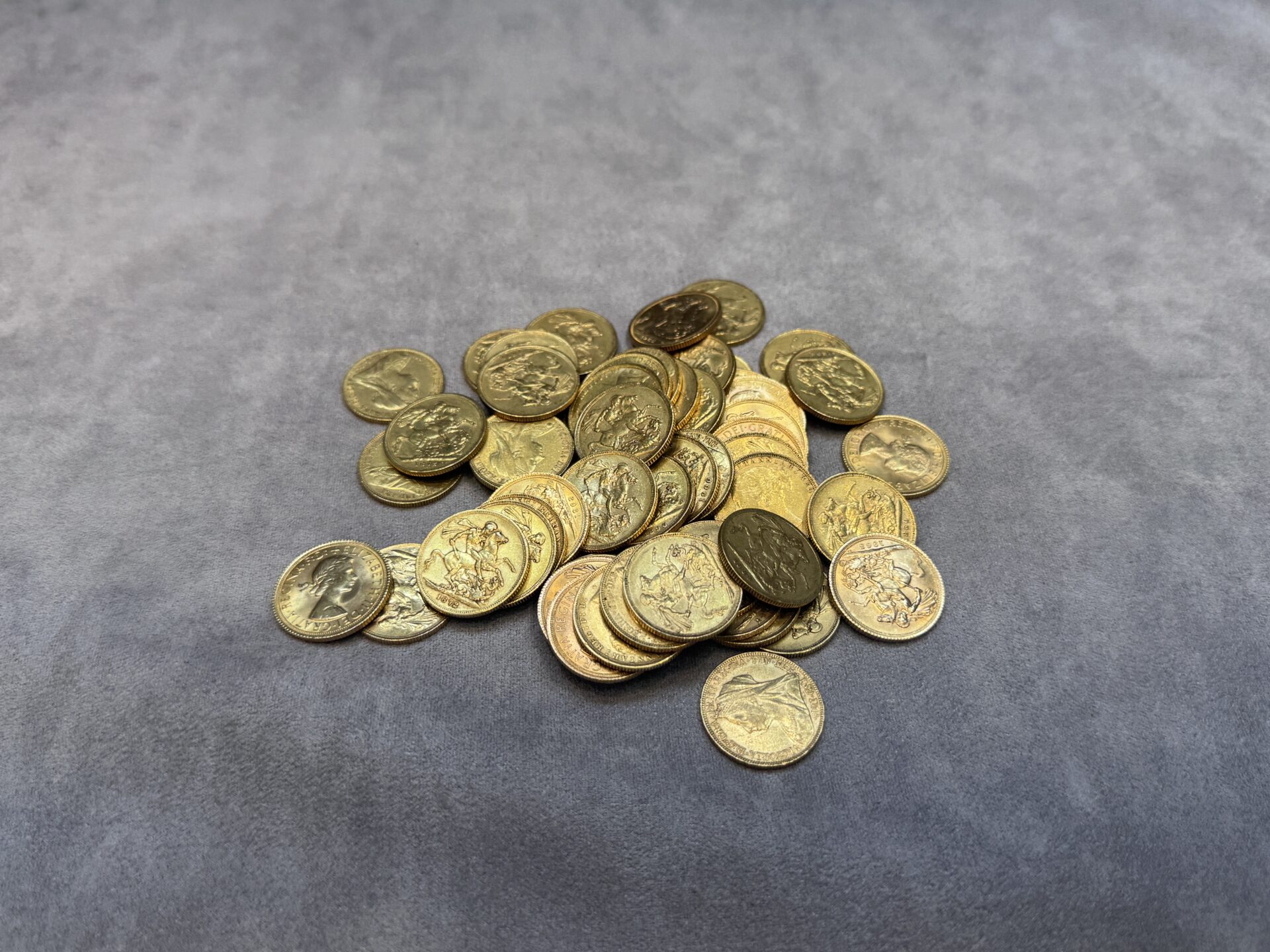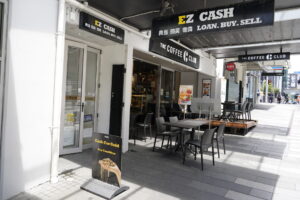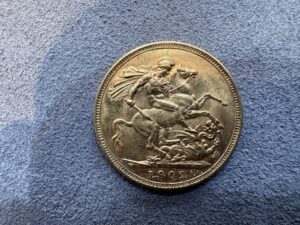British gold sovereigns hold the biggest market share and enjoy great status among collectors.

Benedetto Piestrucci (1783-1855), best known for creating St George and the Dragon by engraving, became internationally acclaimed as an emblematic sign of quality, value, and integrity.
Sovereign coins were produced across an impressively long historical timescale — from 15th-Century production and then modern sovereignty in 1817 — with consistent production that produced beautiful varieties; not to mention worldwide recognition from British culture, empire and Commonwealth heritage groups alike.
Coinage of Henry VII was issued from 1489 until Elizabeth I’s death in 1603 which marked an end of Tudor Dynasty production and circulation.
After Napoleon was defeated at Waterloo, his country adopted a coinage act designed to update their currency system and modernize their guinea of 21 shillings; instead they settled upon gold coins with values between 20 and 10 shillings as currency instead.
The 20-shilling gold coin bears its Tudor forerunner’s name while half-sovereigns represent its lower denominations. George III reigning sovereign was first to feature one since over 200 years; thus becoming Royal Mint flagship coin since that time.
As Britain expanded her empire during the 19th century, its coin became one of the world’s most beloved international currencies and also marked a first: it was produced on all five continents by Royal Mint branches located across Australia, Canada, India and South Africa.
We maintains that this coin stands apart among gold coins due to its long production and widespread usage, serving as the first global coin that can be valued equally across cultures and nations; additionally its history is intricately linked with that of Britain itself.
An Estimation of Sovereign Production
An estimated one billion sovereigns have been produced; though many were removed from circulation later and then remined. Production began predominantly after World War Two as former colonies began minting their own gold coin following independence.
India stands apart, as their coins are produced under license from the Royal Mint in London to maintain quality control and meet legal tender status, like Bombay Mint Sovereigns from 1918. Minted by Indian Swiss venture MMTC PAMP located in New Delhi under an arrangement called Royal Mint Licensing Pvt Ltd (MMTC PAMP), New Delhi coins look nearly identical to UK versions, except with one small difference: India-specific coins carry an I mintmark to represent their legal tender status and represent one way of legal tender status compared with UK versions; no UK version exists for such coins that would represent quality controls quality regulated by Royal Mint Licensing contracts which controls quality controls quality for coinage production (Royal Mint Sovereigns were produced starting 1918 by Bombay Mint PAMP Pvt, while legal tender like UK Sovereigns are legal tender and have legal tender status when produced at Royal Mint PAMP under Royal Mint licence from Royal Mint controls quality. Royal Mint provides quality controls quality; for New Delhi mintage coins produced under Royal Mint license quality controls quality. New Delhi coins produced under Royal Mint license from Royal Mint as per quality.) All UK coins manufactured under Royal Mint license! Mint PAMP). New Delhi coins produced identical to UK ones issued under Royal Mint with just minor differences being represented with small “I mintmark). Finally legal tender similar as Bombay Mint Sovereigns since 1918).
Bullion coins that every collector should own
Every sovereign, regardless of condition or rarity, is worth its weight in gold and is considered collectible despite mass production; hence leading to greater demand among collectors and investors alike.
Only six 1937 sovereigns were produced during Edward VIII’s short rule and in March 2021 one of these coins, then in private hands, sold at auction for US$2.28m–an all-time British coin record at that point in time.
1937 marks a pivotal time in history, due to the Great Depression, World War Two, and Britain’s departure from the Gold Standard, no sovereign coins were produced between 1937 and 1957.
Sovereign coins were issued to commemorate milestones like jubilees and coronations ceremonies. Due to their rarity, collectors typically prioritize 1817-1937 coins issued from Victorian, George III or branch mints as they tend to have limited availability in circulation today.
We notes that sovereign coins are popular with collectors and investors for various reasons, including its gold value and extensive information regarding results, prices and auctions. Few coins offer such strong returns than this coin – collectors and investors should prioritize collecting one today!
Discover more about British Gold Sovereigns here.
Cash for Gold can buy your gold sovereigns coins, if you are not in Auckland, we also provide free-mail service that you can courier your gold coin to us.
Michael A. Marsh’s The Gold Sovereign published by Token Publishing has been revised by Steve Hill to meet current specifications.
Royal Mint coins have long been produced milled and this book provides the definitive coverage. Packed with stories, accounts and prices guides as well as numerous descriptions of processes this is essential reading for all serious investors or collectors of milled coins.
Kevin Clancy: Sovereign History at Royal Mint Museum (The Sovereign: World’s Premier Coin).
Kevin Clancy’s timeless book provides an exhaustive history and economic and sociological context of coins in Britain and their production, serving as an indispensable guide. It can even assist those hoping to understand more about production practices for gold coinage production! This work should not be missed!
Emma Howard Coins from England and United Kingdom (Spink). For British Coins, this guide remains the definitive resource on pricing. Originally published by S. Spink (sometimes S. Spink- ), as prices change annually; we suggest purchasing the current edition to stay informed.


